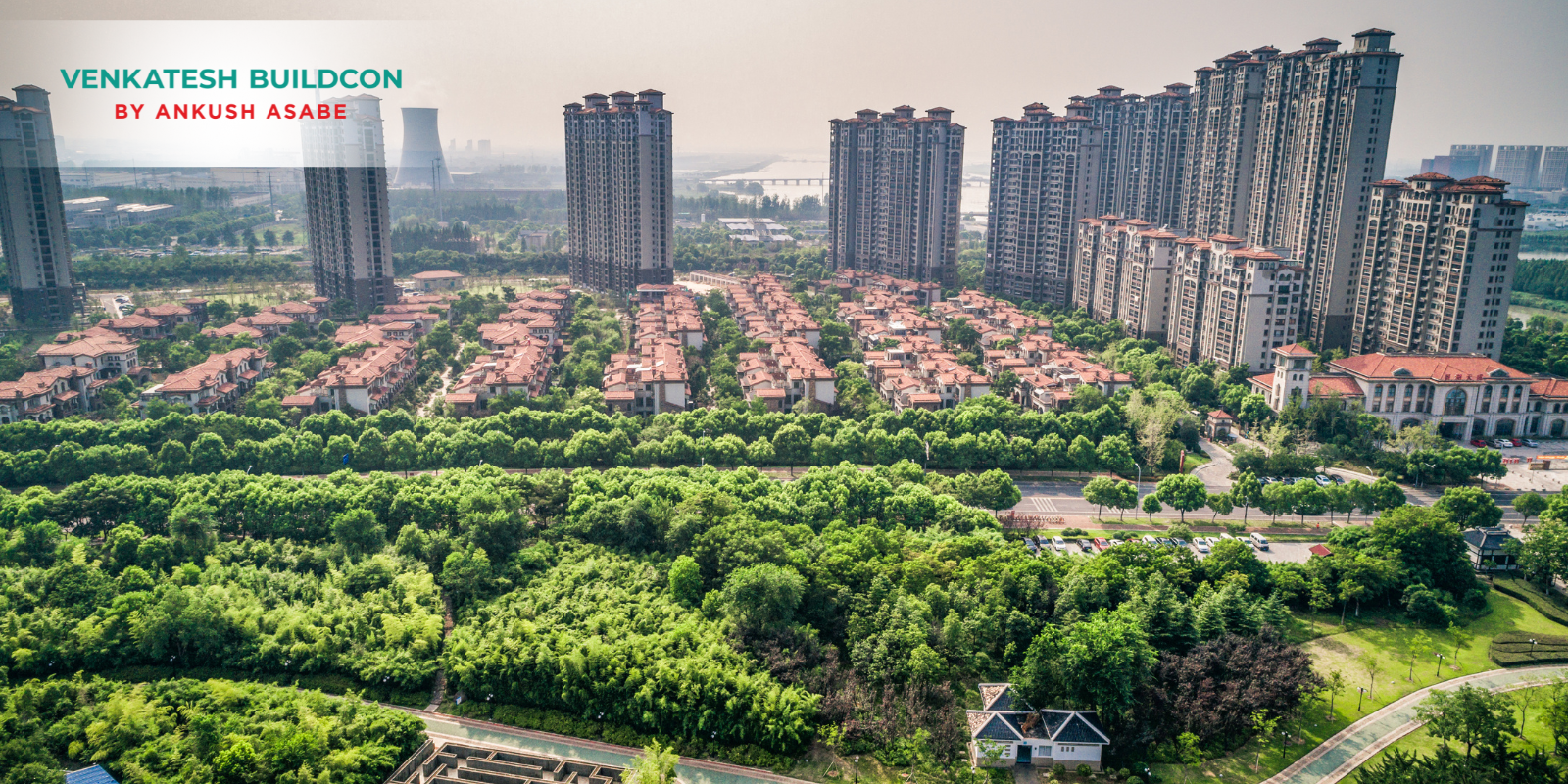The Indian real estate sector in 2024–25 stands at an inflection point, with investors actively diversifying portfolios across multiple asset classes. From residential property in Pune to Grade A commercial offices, logistics parks, and co-living spaces, each category offers distinct risk-return dynamics. As institutional interest and capital inflows surge, understanding where to deploy funds becomes crucial for long-term profitability.
1. Overview of Asset Classes & Risk-Return Profiles
Residential real estate remains the most accessible and emotionally driven investment class. It offers long-term appreciation, stable end-user demand, and high resale potential. While rental yields hover around 2–4%, premium residential projects in micro-markets like Baner, Kharadi, and Hinjawadi have shown steady capital appreciation of 6–9% annually.
Commercial and office spaces continue to dominate investor sentiment due to long lease tenures and corporate-grade tenants. Yields in prime markets average 6–8%, making this segment ideal for investors seeking regular income. Real estate developers in Pune have increasingly incorporated flexible office modules and coworking-ready infrastructure into their designs to attract high-quality tenants.
Retail real estate also remains resilient, with the top eight cities in India recording over 6 million sq. ft. of retail leasing in 2024. However, success depends heavily on micro-location, catchment demographics, and footfall consistency.
Warehousing and logistics assets are emerging as the dark horse of 2025. Driven by rapid e-commerce expansion and third-party logistics demand, this asset class offers strong yields (up to 9%) and long-term stability. Locations near Pune’s industrial belt—such as Chakan, Talegaon, and Wagholi—are witnessing unprecedented demand.
Co-living and shared spaces cater to millennials and professionals seeking affordable, flexible accommodation. With rental yields of 6–10% and low vacancy, the co-living market blends residential appeal with the operating efficiency of hospitality.
2. Current Capital Flows & Sectoral Momentum
In Q3 2025, office investments in India surged by nearly 27% year-on-year, reaching approximately USD 0.8 billion, and accounted for over 60% of total capital inflows. This resurgence underscores institutional confidence in India’s commercial real estate resilience.
Flexible workspaces have emerged as another growth engine—India’s flex-office demand has more than doubled compared to 2023. This reflects a broader structural shift toward hybrid models, particularly in cities like Pune, Bengaluru, and Hyderabad.
Meanwhile, warehousing and industrial parks are attracting foreign institutional investors seeking long-term annuity returns. Retail and residential segments continue to thrive in well-connected micro-markets where infrastructure development supports sustainable growth.
3. Micro-Location, Rental Yield, Vacancy & Absorption Metrics
Understanding micro-market performance is critical for any investor evaluating property in Pune. Data from leading real estate consultancies indicate that office absorption in Pune rose nearly 39% in H1 2024, led by demand from IT/ITeS, BFSI, and startups.
Rental yields vary significantly by location—while central business districts offer steady income with low vacancy, emerging corridors like Hinjawadi, Balewadi, and Kharadi provide higher appreciation potential.
For warehousing, connectivity remains the key driver. Properties located near highways, industrial zones, and logistics hubs command 15–20% rental premiums. Similarly, residential property in Pune near metro lines or ring roads often witnesses 10–18% higher price appreciation compared to non-connected zones.
Vacancy levels in co-living and managed rental housing remain below 10% in tech-oriented areas, signaling sustained demand. For investors, combining yield analysis with vacancy data provides a clearer picture of asset performance.
4. How Venkatesh Buildcon Can Leverage Investment Insights
Venkatesh Buildcon, a leading real estate company in Pune, is ideally positioned to harness these emerging trends. By aligning its project portfolio with investor expectations, it can attract both retail and institutional buyers.
- Investor-centric design: Develop 3 BHK and 4 BHK apartments optimized for long-term rental yield and resale potential.
- Strategic site selection: Choose plots with planned or existing metro, highway, or ring-road connectivity to maximize appreciation.
- Partnerships and diversification: Explore joint ventures in commercial, warehousing, and co-living spaces to broaden the investment base.
- Marketing as an investment partner: Highlight connectivity, yield metrics, and infrastructure proximity as part of the project value proposition.
By combining data-driven planning with strategic foresight, Venkatesh Buildcon can establish itself among the top real estate developers in Pune, appealing to both end-users and long-term investors.
Conclusion
The 2024–25 investment landscape underscores one clear theme—diversification is the new strategy. While residential properties in Pune continue to deliver stable appreciation, sectors like commercial, warehousing, and co-living are unlocking superior yields. Investors seeking to buy property in Pune should evaluate risk, yield, and connectivity metrics carefully before committing capital.
For developers like Venkatesh Buildcon, integrating these insights into project planning and marketing ensures every launch aligns with evolving investor priorities. The result—a resilient portfolio, enhanced brand credibility, and a stronger position in India’s rapidly transforming real estate business in Pune.
 Residential
Residential
 Ongoing
Ongoing
 Completed
Completed Upcoming
Upcoming Commercial
Commercial





